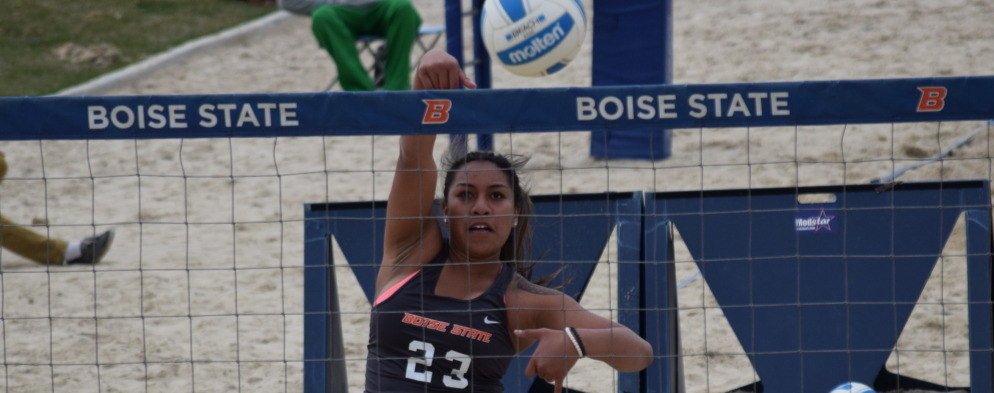In an atmosphere where college athletics departments have been more apt to cut men’s sports programs than add them, Boise State’s announcement earlier in April that they would be adding a men’s baseball program to their offerings was a welcomed one. Boise State once had a baseball program, but dropped it in 1980 for budgetary concerns – in lock-step with many of their Big Sky Conference rivals at the time.
While Boise State is not currently in a Power 5 conference, the top-tier groups that dominate the collegiate athletics landscape (ACC, Big 12, Big Ten, Pac-12, SEC), given their historic success in football, they are one of the most powerful mid-major programs in the country. They have frequently flirted with joining a Power 5 conference, and it seems inevitable that as the collegiate landscape evolves, that a bigger spotlight is inevitable for the Broncos.
In addition to adding baseball, Boise State will drop its wrestling program, which they’re estimating will result in a $1.5 million increase in athletic department costs.
And that’s where the key comes in for volleyball.
To offset that increased spending on men’s sports, Boise State has to increase their spending on their women’s offerings by almost $1 million. Doing so would keep them in line with current interpretations of Title IX of the Education Amendments of 1972 that require the school to make their ratio of men’s to women’s spending on athletics approximately similar to the makeup of their student body and its participation interests.
According to an interview in the Idaho Statesmen, Boise State has to add an estimated 11 to 32 female participation opportunities, according to Athletic Director Curt Apsey.
The primary winner there will be the beach volleyball program, which will now receive the maximum-allowed 6 full scholarships that are independent of the ones the indoor team already fields. In other words, Boise State beach went from a non-scholarship program to one that can provide full-rides to the top-half of its competitive lineup. Beach volleyball is an equivalence sport, however, so that means the 6 scholarship can be divided among up to 14 athletes, and full rides are still rare.
“From a financial aid perspective, we are phasing in scholarships for beach volleyball and will continue to supplement existing women’s programs as needed,” Apsey said.
Most of the rest of the difference will be made up by increasing recruiting, travel, equipment, housing, and dining expenditures on women’s programs. This will be a shift from Boise State’s previous strategies of roster management, meaning limiting roster sizes for men’s programs from programs like track & field, tennis, and football. Among the possible strategies to come in line with regulations includes upgrades to existing women’s facilities, or moving their practice and competitions to newer and more expensive venues – like having women’s soccer play in the football stadium, or allowing women’s volleyball to use the football locker room. This would allocate a bigger percentage of those facilities’ costs to the women’s programs, improving ‘facility access’ without adding any actual costs to the athletics department’s budget.
This is significant, as the State Board of Education in April noted deficiencies in compliance with Title IX requirements.
Boise State finished the 2017 spring beach volleyball season 5-6 overall in a limited schedule. That included 2 wins over the University of Oregon. With an increased scholarship count, expect the team to ramp-up its lineup in coming years and attract more of the west coast’s true beach volleyball recruits. While offerings of beach volleyball are growing at a blistering pace, thanks in large part to its financial attractiveness to administrators, scholarship opportunities are still very limited as compared to their indoor counterparts.

Women’s water polo would be a great addition to the university. Plus, it would help the conference in bolstering the number of schools in the Mountain West that offer it. The team could use the swimming and diving facilities and give more opportunities for women to play college athletics at BSU.